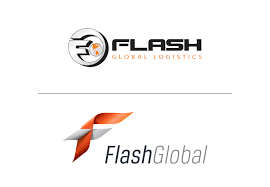
Flash Global
Creating predictability, consistency and visibility into your service parts supply chain. Flash manages critical inventories and same day (2-4 hours; 90 minutes in Japan), NBD, 2nd day; 3rd day; scheduled replenishments; and NFO deliveries. Flash offers a full suite of flexible and innovative solutions including: flexible DCs, transport management; global trade compliance (IOR/EOR) solutions and reverse logistics—all supported by Flash’s leading critical parts system, FlashTrac and solution engineers who understand complex, critical-parts supply chain challenges and best-in-class benchmarks required for success.